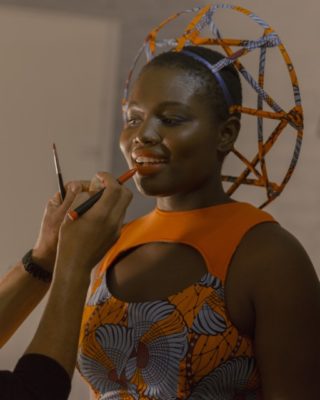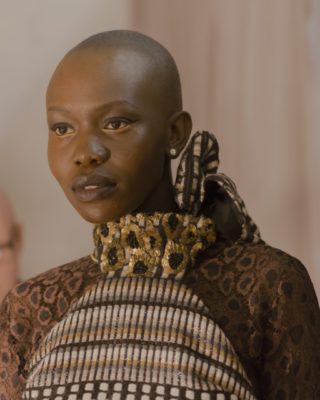The release of Marvel’s Black Panther is causing mass hysteria amongst young people, particularly young people of colour. Not only is it the first “POC” superhero film, the fashion featured in the movie has resulted in people dressing up to watch it. Not as Black Panther, mind you. Rather, they want to dress as ordinary Wakandans.
The credit for this hype goes to the Ruth E. Carter, the costume designer for films such as Malcolm X, Selma, and now Black Panther. Her use of traditional African prints and patterns on a framework of contemporary clothing in her costuming has won her the praise of ordinary moviegoers and high fashion critics alike. Now Marvel has unveiled a Black Panther exhibition, “Welcome to Wakanda” at New York Fashion Week – featuring African prints, mini-afros and graphic eyeliner – to coincide with the release of the film.
Carter’s innovative method of superimposing traditional African prints and patterns on modern silhouettes creates the film’s sleek and upgraded look. As she told The Cut, “I felt like Wakanda was a place that was a little bit ahead, but not way-in-the-stratosphere ahead. It’s just enough ahead for us to relate to it.”
It is this mixture of familiarity and futurism – coined “Afro-Futurist” by the Atlantic (and many before them), a label by the by that Carter is reluctant to adopt – that has piqued the interest of viewers, especially in seeing their culture and history being represented in everyday silhouettes in clothing.
Here are some of the most iconic looks from Wakanda, and the history and culture that inspired it:
King T’Challa – The Black Panther himself

T’Challa exudes regality, being dressed in mostly black structured suits to distinguish himself as king amidst all the colour and fanfare of Wakanda. Carter made sure there was no colonial influence whatsoever in the king’s costumes, dressing him in a specially tailored traditional African suit with embroidered patterns to emphasise his link to his ancestry and his responsibility in upholding it.
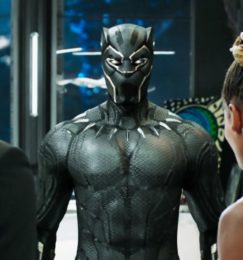
“It had to have a certain swagger and flow to it,” Carter told Vanity Fair, “It was the king’s cloth!”
Carter also took over designing Black Panther’s superhero suit from the usual Marvel designer, Ryan Meinerding. She incorporated a raised triangle motif in the new form-fitting supersuit, part of the “sacred geometry of Africa” that she made a theme through all the costumes. As she told the New York Times, the motif completes the look and makes T’Challa “not only a superhero, but a king, an African king.”
Killmonger
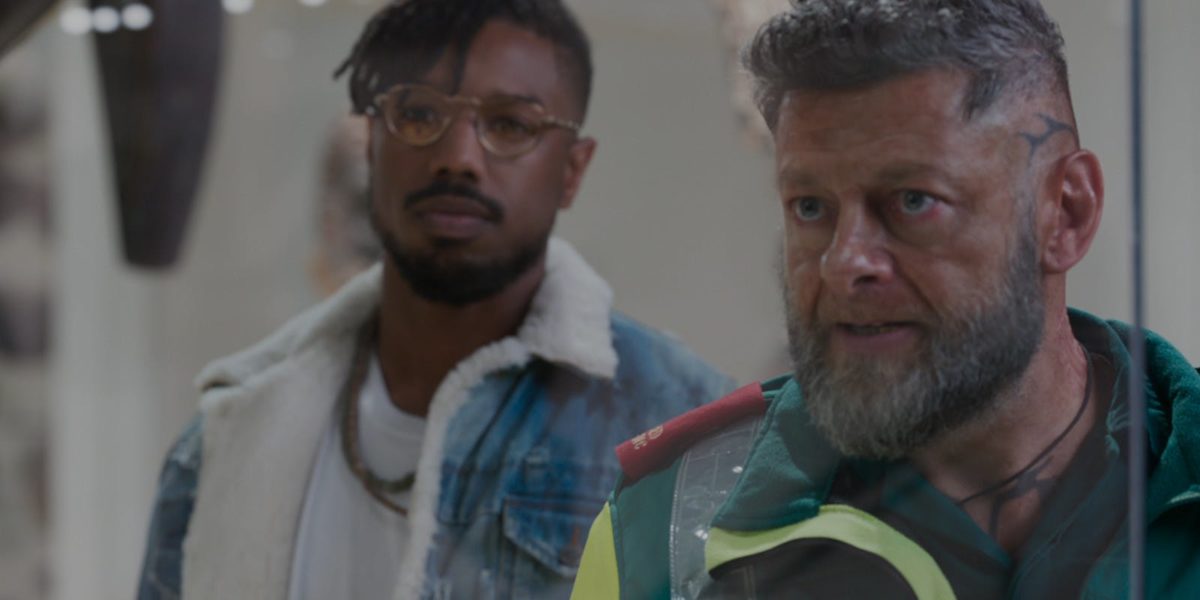
Eric “Killmonger” Stevens advocates for Wakanda to share its technology with the rest of the world, a radical idea for a country that hides to protect itself from precisely that. He comes from Harlem, and represents an alternative way of thinking compared to the uptight traditionalism of T’Challa. Thus he represents an “urban lifestyle, urban consciousness, and be(ing) unapologetic.’” according to director Ryan Coogler. His costuming had to reflect this sentiment.

Just as the king is dressed in structured robes with traditional patterns, Killmonger is the exact opposite in his free-flowing drop crotch pants, practical shearling jean jacket and military boots. The accessories such as his grills and glasses further emphasise the dichotomy in his character, mixing urban and scholar to throw off the people who underestimate him.
Later in the film, he is featured in free-flowing black robes, a stark contrast to T’Challa’s structured suits. Although, interestingly, Carter uses black to symbolize the same regality and power awarded to T’Challa. Perhaps this gives Killmonger more authenticity and reflects the similarity of his African-American roots in Harlem and African birthright in Wakanda, which lends a hand in making “radical” plan of action seem…somewhat more legitimate.
M’Baku and the Jobari Tribe
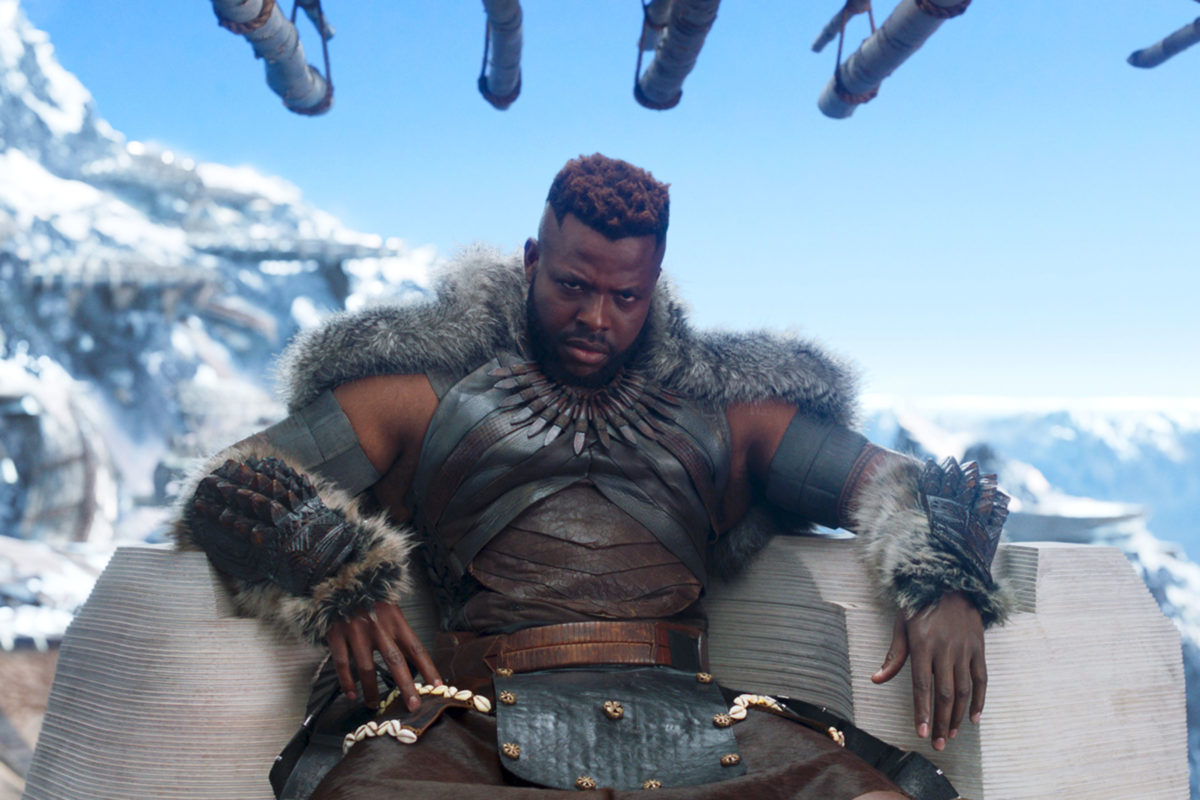
The character of M’Baku was difficult to design for, as Carter was required to impose the super alter-ego of a “Man-Ape” onto actor Winston Duke. Carter told Vulture that she thought, “It was pretty derogatory and racist, and we didn’t want to go there, but we wanted to honor that he was Man-Ape,” so she opted to show M’Baku’s connection to the Ape by draping silver fur over his shoulders and forearms, paying tribute to the silverback ape.
The addition of the fur accentuated Winston Duke’s already huge frame, so Carter drew inspiration from the Dogon people of Africa to balance the details of his costume.
“They were the first astronomers, and they were very much out on the outskirts of the rest of the country, like the Jobari,” Carter commented. Carter dressed some of the Jobari tribe in grass skirts inspired by the Dogon people and embellished M’Baku’s costume with shells to signify his wealth, as they were once a form of currency in Africa.
The Tribes of Wakanda
The tribes of Wakanda all have assigned colours that signify the role they play in Wakanda.
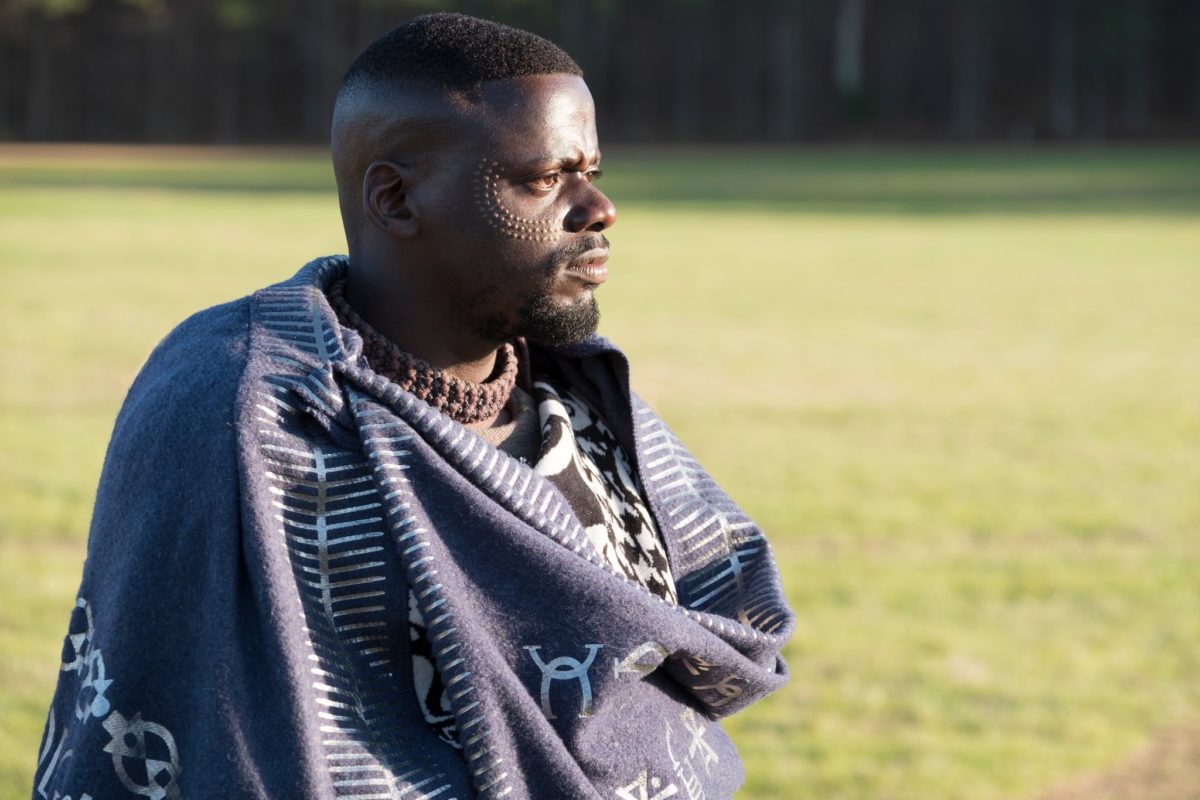
The colour of the Border tribe, represented by the warrior W’Kabi, is blue. According to the colour scheme determined by Coogler, blue symbolises protection and authority. As the border tribe, they are the first line of defence for Wakanda and must uphold this responsibility in this behaviour, reflected in W’Kabi’s strong leadership and infallible nature.
The cloaks featured in the film were inspired by the Lesotho tribe, with ”…amazing prints on them that represent their king, they represent harvest,” Carter told the New York Times. For the film, Adinkra symbols were screen-printed onto the cloaks with silver to mimic “Vibranium”, the fictional metal that powers Wakanda, so that the cloaks could double as shields. This idea was the brainchild of director Ryan Coogler.
“With African art and clothing and structures — things tend to have multiple uses… If you see somebody wearing a beautiful cloth, not only does that cloth protect their body, but it also tells the story of their culture and their history, written on the fabric.”
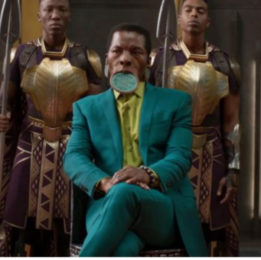
The River tribe, assigned the colour green by Coogler, is based on the Suri people of Ethiopia. They sport perhaps the most distinctive look in the film, with the leader of the tribe (played by Isaach De Bankolé) wearing a bright green Ozwald Boateng suit to complement his large ceremonial lip plate.
The lip plate is mainly used by African women, although men do adorn it, and the bigger the lip plate, the more prominence that you have in the tribe….Usually we see this lip plate in National Geographic on women with no tops who are sitting on the ground, and here he is with his legs crossed and a beautiful suit by the fashion designer Ozwald Boateng. He is bringing so much pride and so much honor to it.
The lip plate is, for once, shown in its proper context as a symbol of power, instead of how it’s normally represented to a non-African audience, as a symbol of otherness. The combination of the startling green suit paired with the lip plate symbolizes power in both formal and cultural realms, which allows the audience to feel the leader’s immense and undisputable presence.
Nakia, a Wakandan spy and T’Challa’s ex-girlfriend, is similarly dressed in green, although Carter had to incorporate a sleek but unsuspecting femininity into her clothes.
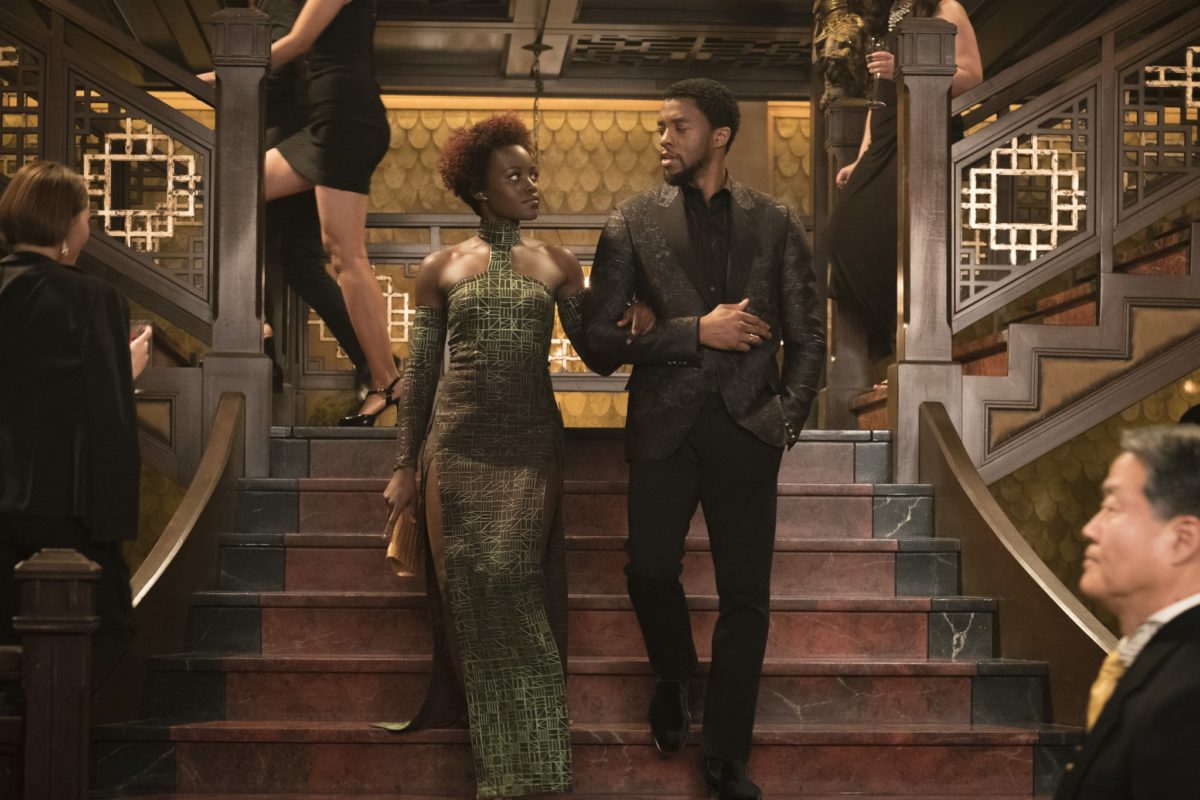
“As a member of the royal family… (she) needed to be unsuspecting, but then she needed to be able to kick some ass,” Carter told The Atlantic.
For this, Carter had to use a technological method that would’ve made any Wakandan proud. She started with traditional kente cloth, from the Akan people of Ghana, extracting the line work and creating her own pattern of boxes with slashes inside- to form Wakandan text- on design software. She then transferred this design onto black fabric, used a 3D printer to make the “sacred” geometric design raised and textured, and hand painted the dress to create a green to black ombre.
“It was her Bond Girl moment,” Carter told the New York Times, “but also, she could fight and move in it, and it wasn’t constricting.”
Okoye and the Dora Milaje

Perhaps the strongest example of female representation we’ve seen on screen yet are Okoye and the Dora Milaje, the female bodyguards of King T’Challa. Both are clothed in earthy red tones inspired by the Turkana and Maalai tribes, accentuated by gold and silver toned jewellery and similarly earth-toned beadwork.
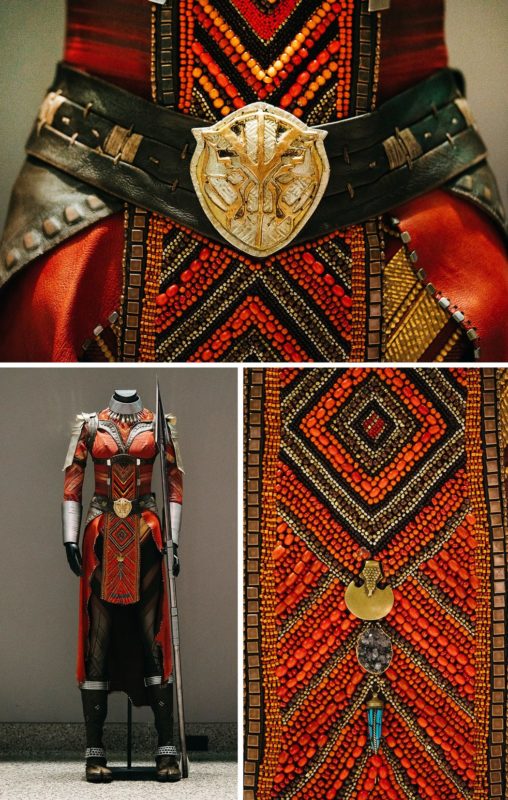
Carter wanted the Dora Milaje to be completely covered. She is not a fan of the overdone trope of “using the body and sex as a form of weaponry.”
“I wanted to create a story behind the costumes and use elements that were. . . attractive and intimidating, because that’s what they needed to be.”
The red armour was also embellished with a delicately beaded tabard down the neck and torso, in the same fashion as the Turkana and Maasai tribes of Africa. This created a variety of textures, and the horizontal and vertical fashion of the beading adds to the “sacred geometry”. Carter also placed “talismans” on each individual beaded tabard.
“I felt like each girl could have something on her tabard that personalized it for her, and maybe represented the tribe that she came from: Some of them might have a fertility doll, a piece of amethyst, or a piece of jade.”
The talismans may also signify military rank. Along with the neck rings, Okoye’s gold rings indicate her superiority over the silver of her soldierswith jewellery draping down the front part of the skirt to denote that “she is truly a decorated general.”
“Every little piece infused some kind of cultural story”, Carter told The Cut.
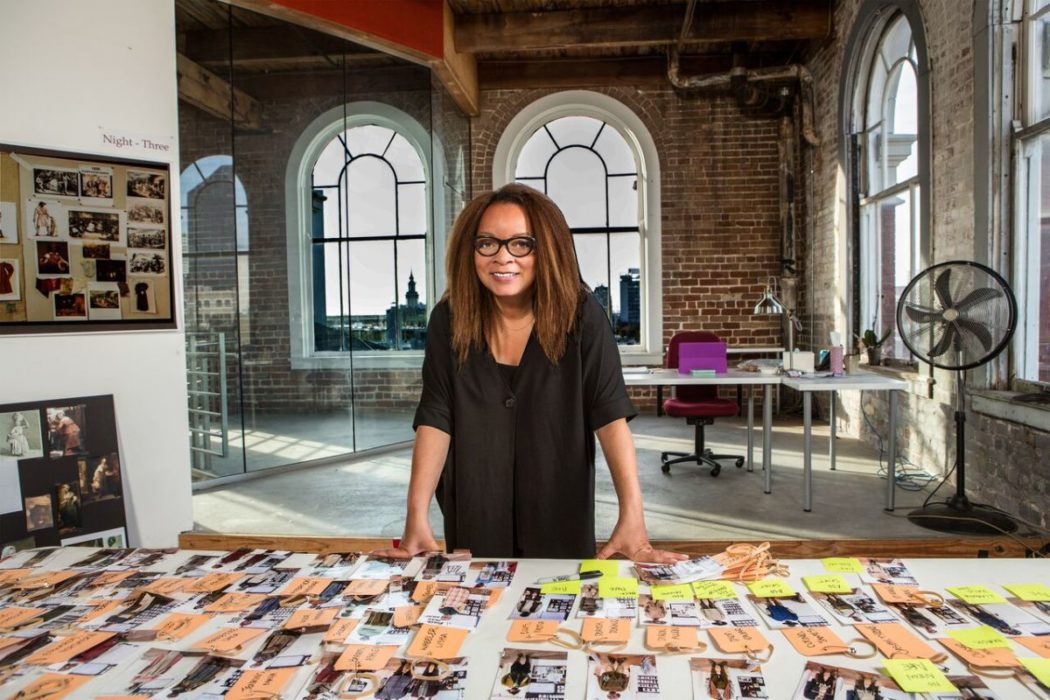
Carter said she kept four words on her vision board as she designed her costumes; Beautiful. Positive. Forward. Colorful. Her aim was to “show the world the beauty of tribal dress and move that forward in a more modernistic way”.
Ruth E. Carter has most definitely succeeded, with her influence running through the film, out onto the streets and even spilling onto runways. It is not often that entirely new fashion trends are created through film, but Carter’s innovation is a beauty that can be appreciated through all walks of life.
Did we include your favourite look from the film? Comment below to let us know which took your breath away!

